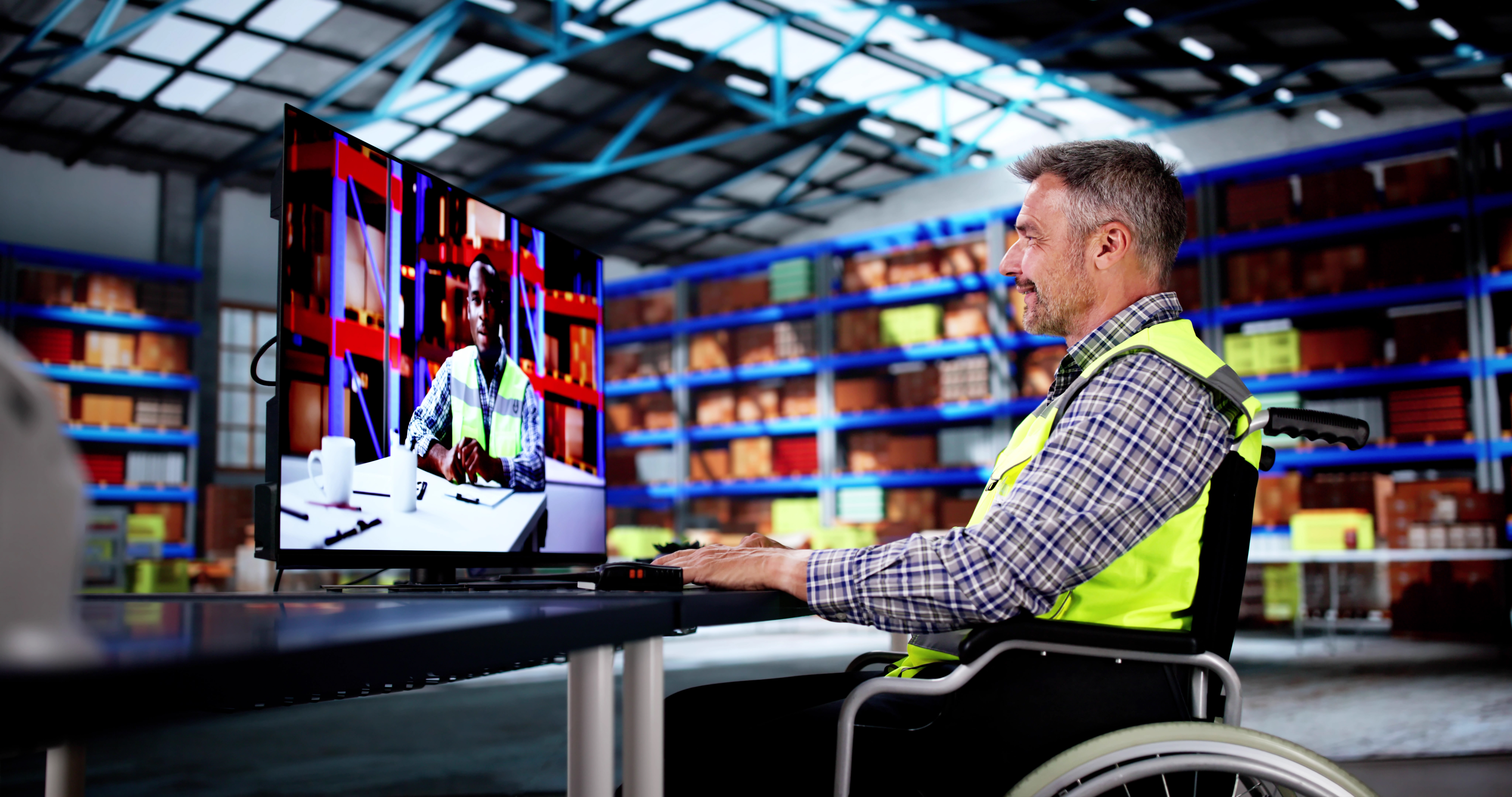TJ talks to Fast Future’s CEO Rohit Talwar about the future of L&D and his keynote at Learning Technologies.
Give us an overview of your keynote at Learning Technologies 2018.
The title of my keynote was ‘Human Futures and Emerging Technologies – How Advances in Science and Technology Could Transform the Ways we Live, Work, and Learn’. The presentation drew heavily on our recent book ‘The Future Reinvented’ and a new research programme we have started on the future of education and learning.
My central premise was that individuals, society, business, and governments will experience more change in the next decade than most people in work have experienced in their lifetimes.
I argued that the key determinant of whether we survive and thrive in this rapidly changing reality will be our capacity to let go of outdated worldviews, thoughts, beliefs, and assumptions and our ability to learn continuously about the technologies, ideas, and ways of thinking that are shaping the decade ahead.
In short, there is a tremendous opportunity here for L&D to play a critical role in driving our organisations into the future – if we give ourselves permission to believe that’s possible.
I highlighted the transformations taking place in the world of work – powered by combination of disruptive ideas and exponentially improving technologies such as artificial intelligence (AI), the Internet of Things (IoT) blockchain, and immersive tools like augmented reality (AR) and virtual reality (VR).
I believe L&D should also be encouraging the use of gaming, simulation, interactive video, social media, AR, VR, and other technologies to help us make sense of the emerging, radically different, environment and navigate a rapidly changing world.
I explored how they were already being deployed in an L&D context, and where their application could go over time.
I emphasised repeatedly my belief that the key challenge for organisations lies in ensuring human-centric differentiation in the face of successive waves of automation that could make us look more and more like our competitors. For learning and development this more central role for L&D sets up some clear priorities.
The first is around envisioning, negotiating, and experimenting with L&D’s role in the new order. This in turn needs to be underpinned by regular horizon scanning to understand the forces and factors that could shape the future of our organisation and L&D over the next one, three, and four to ten years plus.
The goal is to use these future insights to develop scenarios of how our operating environment might play out and then craft strategies for the transformation of L&D’s role over the next three years to ensure we are flexible and forward thinking enough to respond to any emerging scenario.
Operationally, a more strategic role for L& D means introducing and pioneering new leadership models that break boundaries and challenge cherished orthodoxies which may be holding the organisation back.
Whilst the future is not all about technology, I believe L&D should also be encouraging the use of gaming, simulation, interactive video, social media, AR, VR, and other technologies to help us make sense of the emerging, radically different, environment and navigate a rapidly changing world.
Given the centrality of technology to tomorrow’s business, L&D also has the imperative of helping the business think digital and evolve digital mindsets and new world literacy. This includes guiding the use of contextual micro-learning and productivity enhancement support for the digital workplace.
Given the pace of change L&D will also have to accelerate its own learning and experimentation with new approaches through internal and external learning collaborations.
Finally, the modern workplace and continuous change have their casualties, and so I envisage a growing role in addressing the mental health challenge and providing lifelong learning support tools for displaced employees. Whilst few in the audience disagreed with these new elements of L&D’s role, most felt it was some way off their current organisational positioning.
How do you think L&D will be using AI in five years’ time?
Our business systems will generate vast amounts of data about every aspect of an employee’s performance. This will drive smart contextual learning that provides input as required through a range of formats such as video instruction.
Given the pace of change L&D will also have to accelerate its own learning and experimentation with new approaches through internal and external learning collaborations.
Learning management systems will get smarter and integrate with our personal devices to develop a more holistic picture of what we are learning – although this could be seen as highly intrusive. Simulations and gaming experiences will get more sophisticated in the way they tailor the individual’s path through a learning experience.
Finally, our personal devices will become our coach, therapist, and learning mentor – bringing in the tools and resources we need where and when we need them. This might range from coaching us on alternative negotiating tactics during a customer call to compiling briefing videos to watch on the way to a client meeting.
You published a series of blogs back in January about predictions for 2018 and beyond – one of them was the wonderfully titled Artificial Intelligence vs Genuine Stupidity. Tell us more about this.
This was based on another one of our recent books ‘Beyond Genuine Stupidity – Ensuring AI Serves Humanity’. I believe that AI will have a transformative effect and we can anticipate the consequences from job losses to mental health issues and rising social anxiety.
I argue that businesses and governments need to be thinking ahead and preparing for a range of possible scenarios – not just hoping the issue will go away.
Another of the posts was around the importance of stress management through health checks, mindfulness, sleep advice etc. Do you think tech can play a part here too?
At one level, the technology can play a powerful preventative role with apps that monitor our health, undertake continuous monitoring of our vital signs, guide our meditations, and even teach us how to sleep.
However, for many, the cause of their health issues, stress, and sleep loss might be that they are already spending too long behind – and in service of – the screen. Here it seems unlikely that more technology will be the most appropriate answer.
About the author
Rohit Talwar is a global futurist, author, and the CEO of Fast Future.



